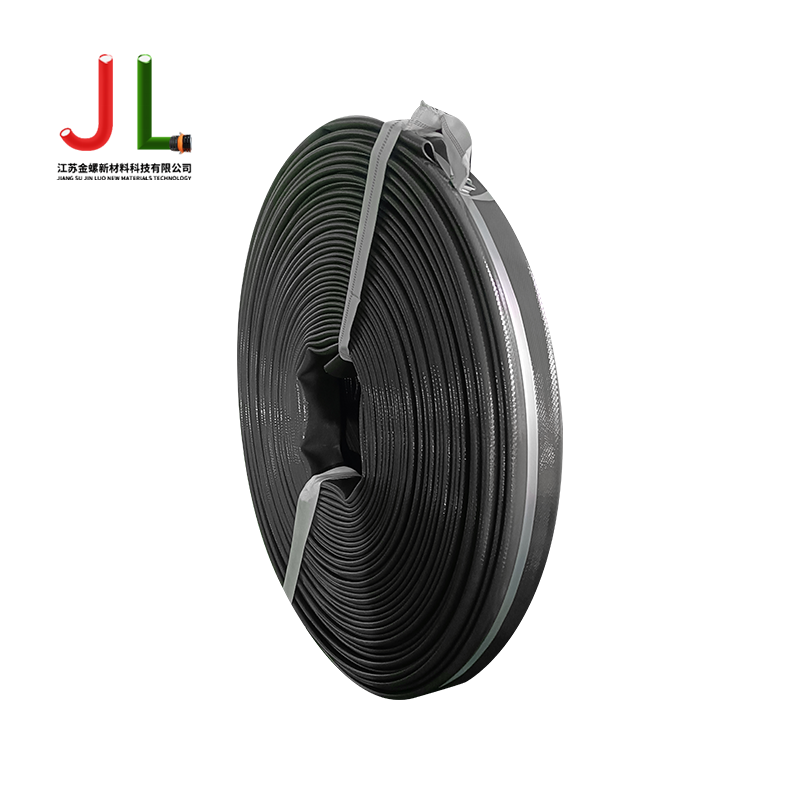Why can LDHC Quick Clamp Coupling reduce human errors in equipment connection?
1: Revolutionizing Equipment Connection: Overcoming the Limitations of Traditional Methods
1.1: Risks of Manual Tightening and Tool Dependence
Traditional equipment connections largely rely on manual tightening using wrenches, screwdrivers, and other tools, which can lead to inconsistent results. Operators may inadvertently over-tighten, causing thread damage, or under-tighten, resulting in loosening and operational failure, directly impacting equipment reliability and safety.
1.2: Skill-Dependent Connection Processes Increase Operational Burden
Successful connection requires operators to have specific skills and experience. Novices face steep learning curves and longer training periods, increasing production downtime and training costs. This dependency on operator proficiency introduces variability that can degrade production efficiency and elevate maintenance expenses.
1.3: Consequences for Production Efficiency and Maintenance
Improper connections lead to increased equipment downtime, higher maintenance frequency, and costly repairs. These factors collectively diminish production throughput and escalate operational costs, highlighting the need for more reliable, user-friendly connection solutions that minimize human error.
2: Simplified and Reliable: LDHC Quick Clamp Coupling Transforms Connection Operations
2.1: Intuitive Mechanical Design Eliminates Tool Dependency
LDHC Quick Clamp Coupling introduces a unique mechanical clamping design that enables quick, secure connections without the need for wrenches or other tools. This design dramatically simplifies the connection process, allowing operators to perform tasks via simple manual actions, thus reducing reliance on specialized equipment.
2.2: Consistent and Secure Connections Regardless of Operator Skill
By automating the clamping force application, LDHC Quick Clamp Coupling avoids over-tightening and loose connections. The mechanism guarantees stable, repeatable fastening outcomes, ensuring reliability across operators with varying experience levels, thereby eliminating operator-induced variability.
2.3: Enhanced Safety and Stability Through Precision Clamping
The coupling’s engineered clamping action maintains optimal tightness, preventing thread damage and loosening that jeopardize equipment safety. This robust design safeguards the integrity of connected equipment, minimizing the risk of accidents or system failures due to connection faults.
3: Efficiency and Cost Savings: How LDHC Quick Clamp Coupling Boosts Production Performance
3.1: Dramatically Reduced Training Time and Costs
The user-friendly, tool-free design of LDHC Quick Clamp Coupling shortens the training cycle for new and temporary workers. Operators can quickly master connection techniques without extensive instruction, significantly lowering onboarding costs and accelerating workforce readiness.
3.2: Minimizing Equipment Downtime and Maintenance Interventions
By ensuring reliable and stable connections every time, LDHC Quick Clamp Coupling reduces equipment failures and unplanned maintenance. This reliability cuts down on operational interruptions, allowing production lines to maintain high throughput with fewer disruptions.
3.3: Overall Production Efficiency Gains Through Streamlined Connection Process
The quick, consistent connection method accelerates the equipment assembly and disassembly phases, which are critical in fast-paced production environments. This improvement leads to enhanced line efficiency, reduced labor intensity, and optimized operational workflows, directly boosting production capacity and profitability.



 English
English عربى
عربى 中文
中文












